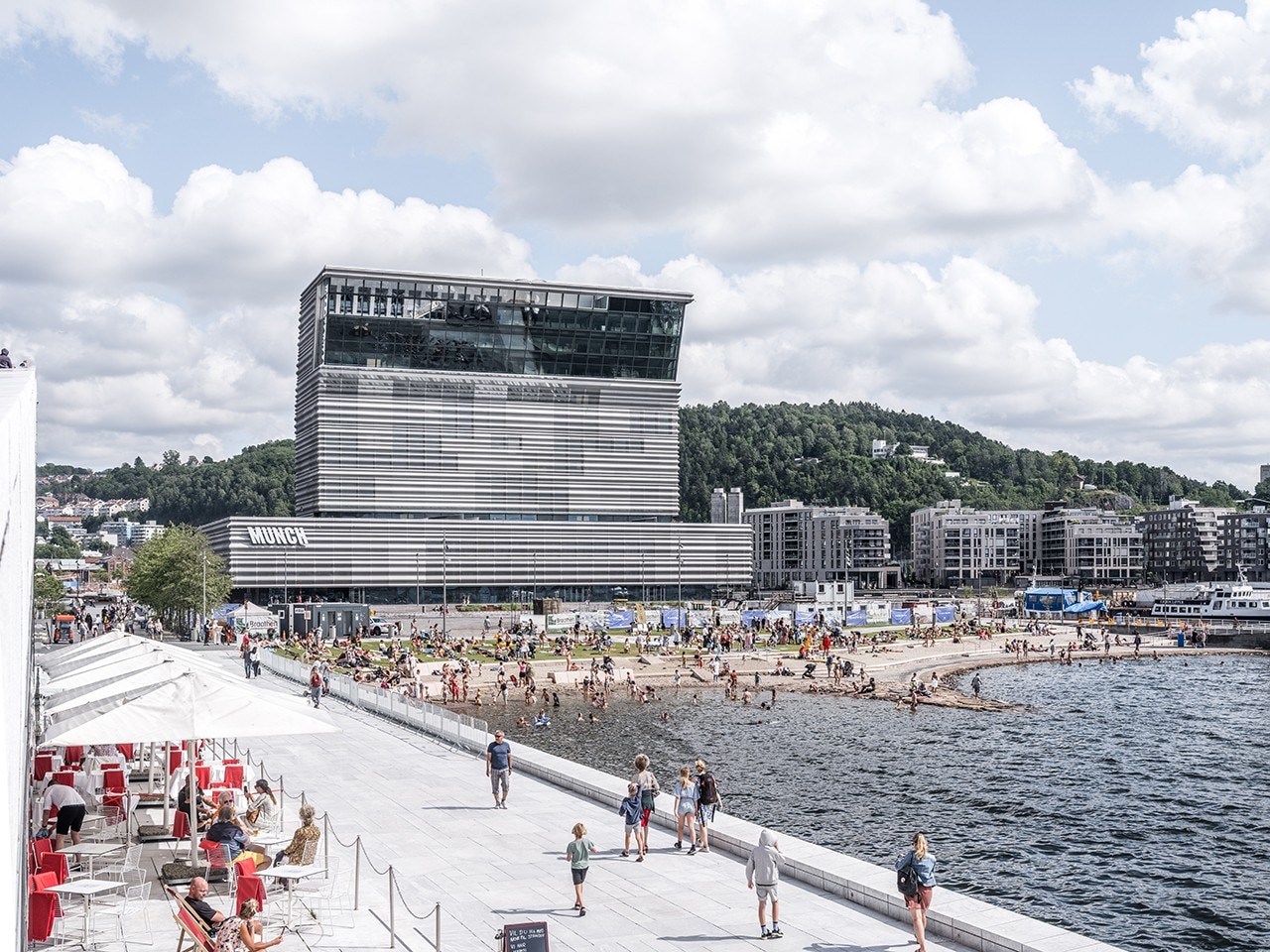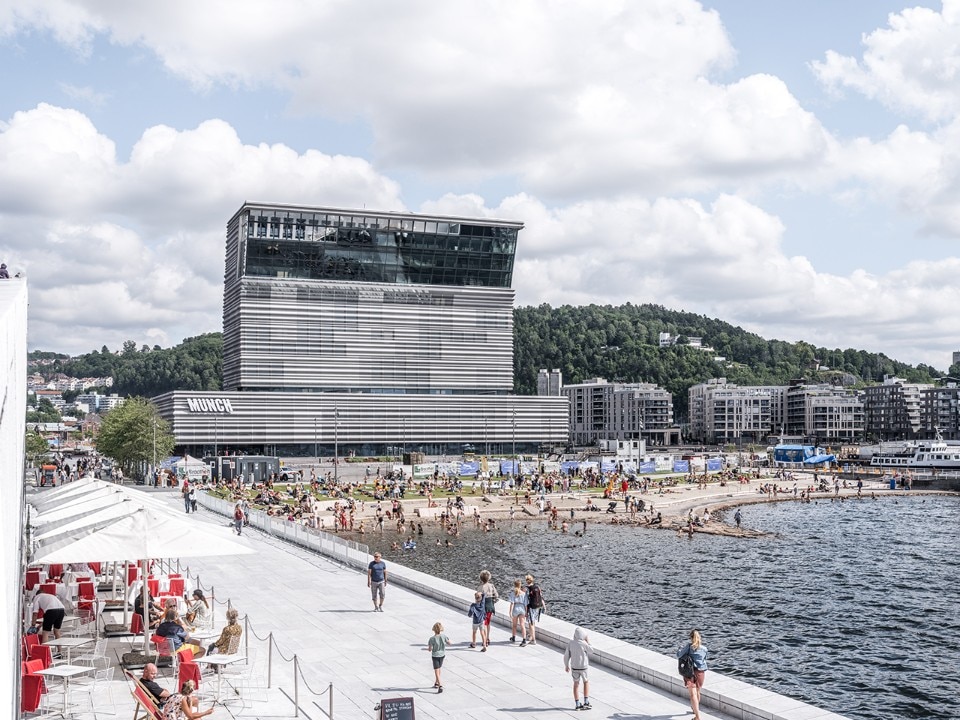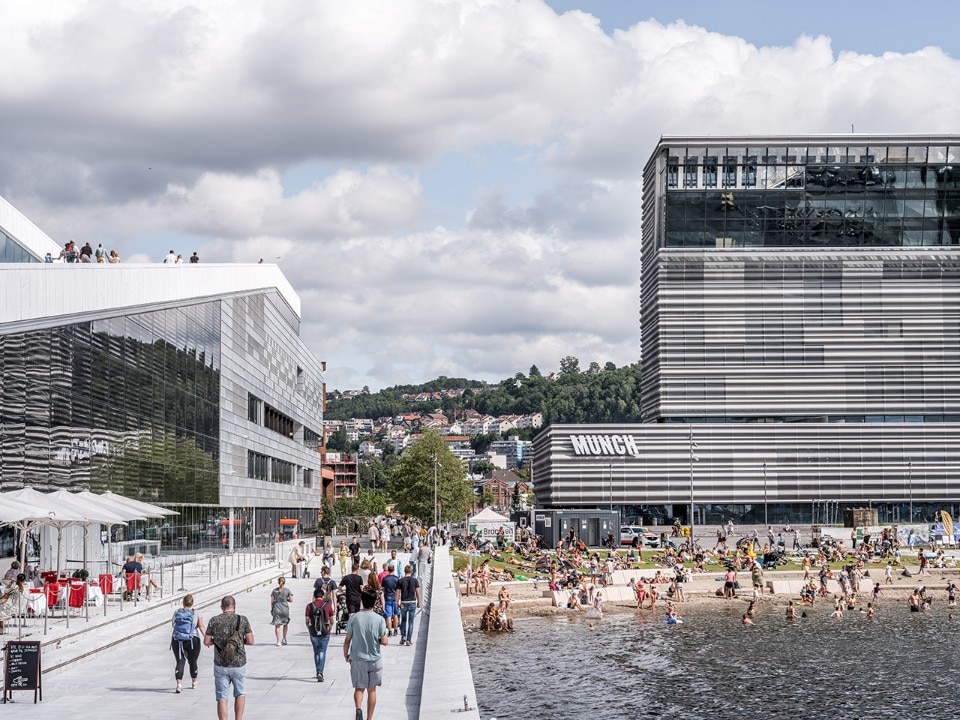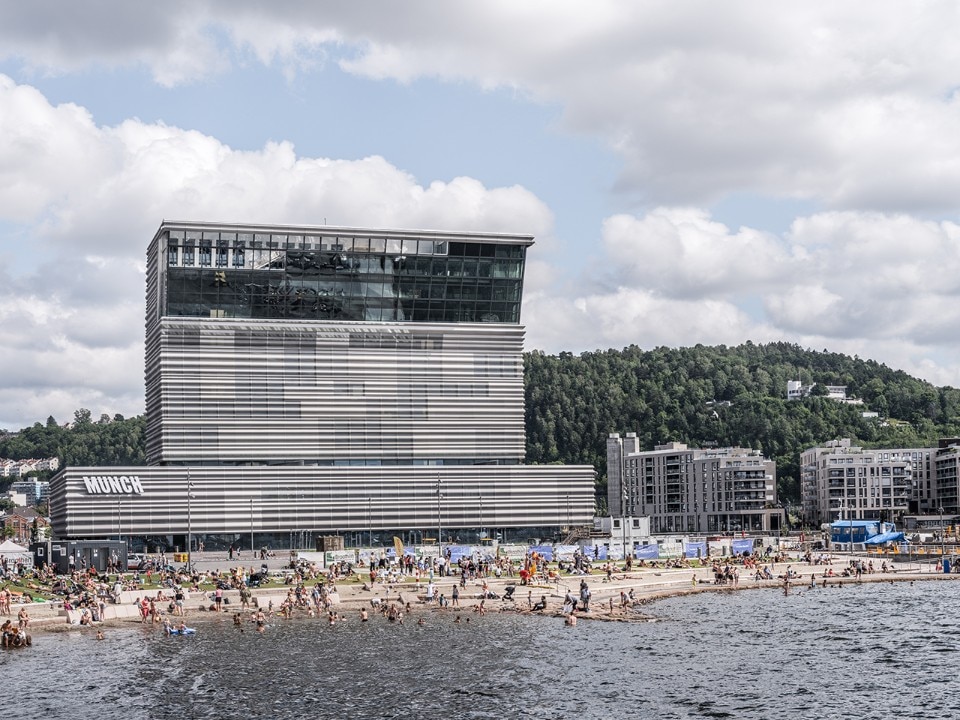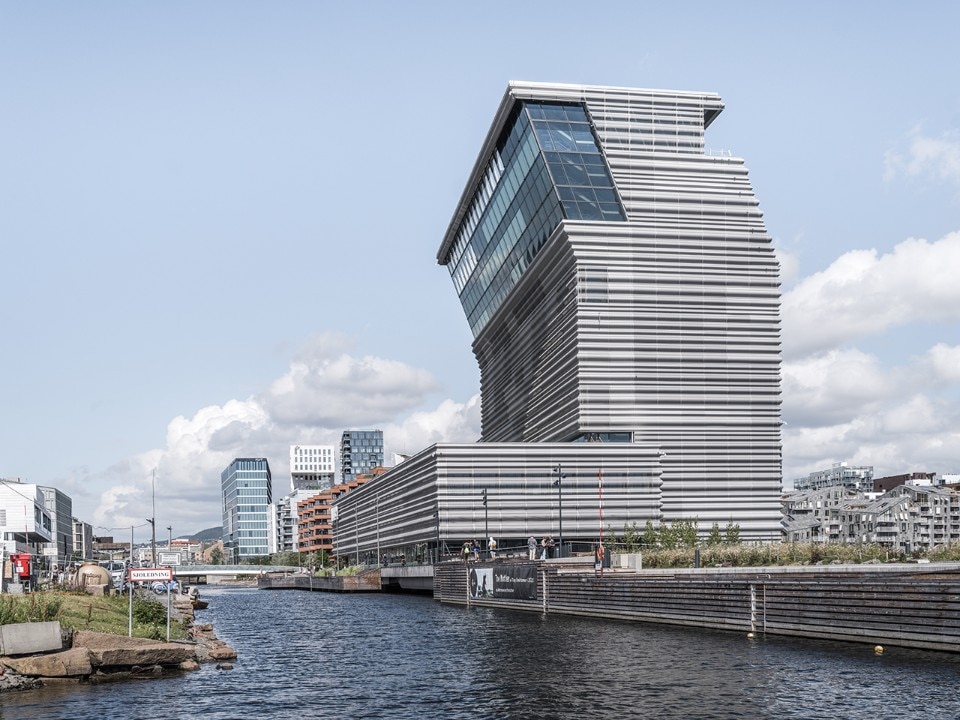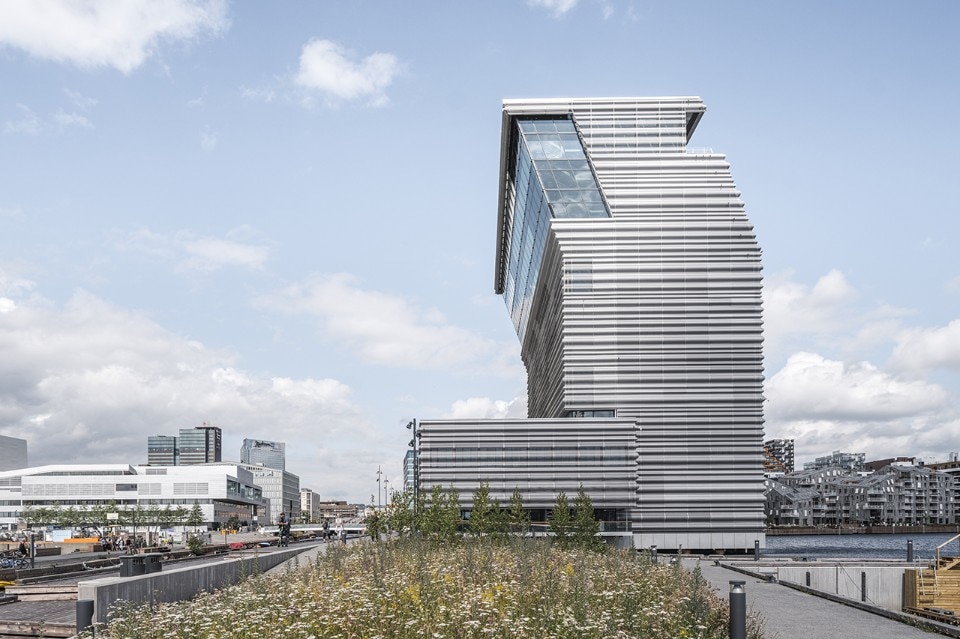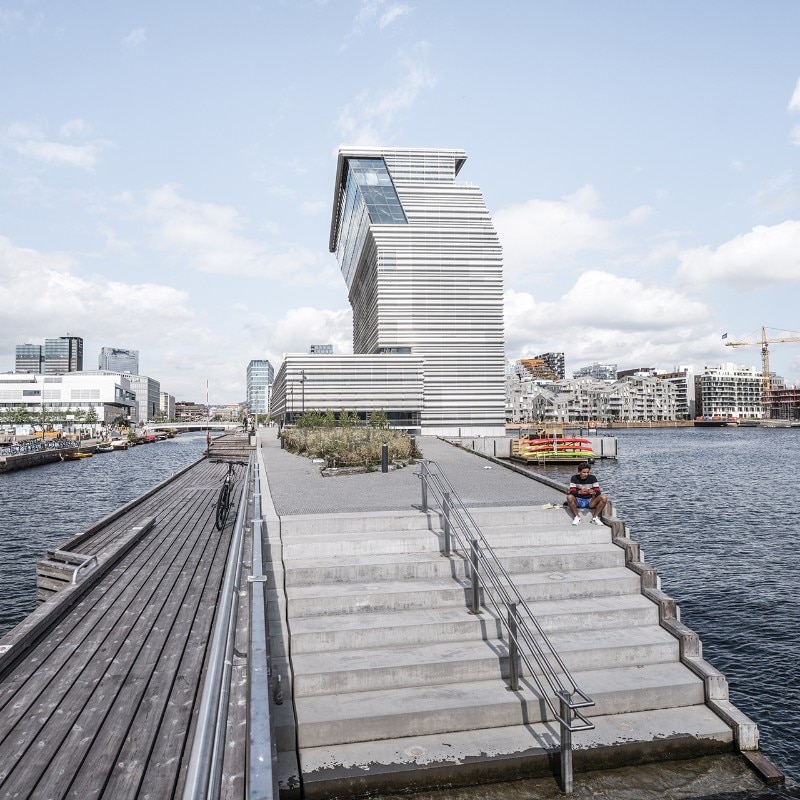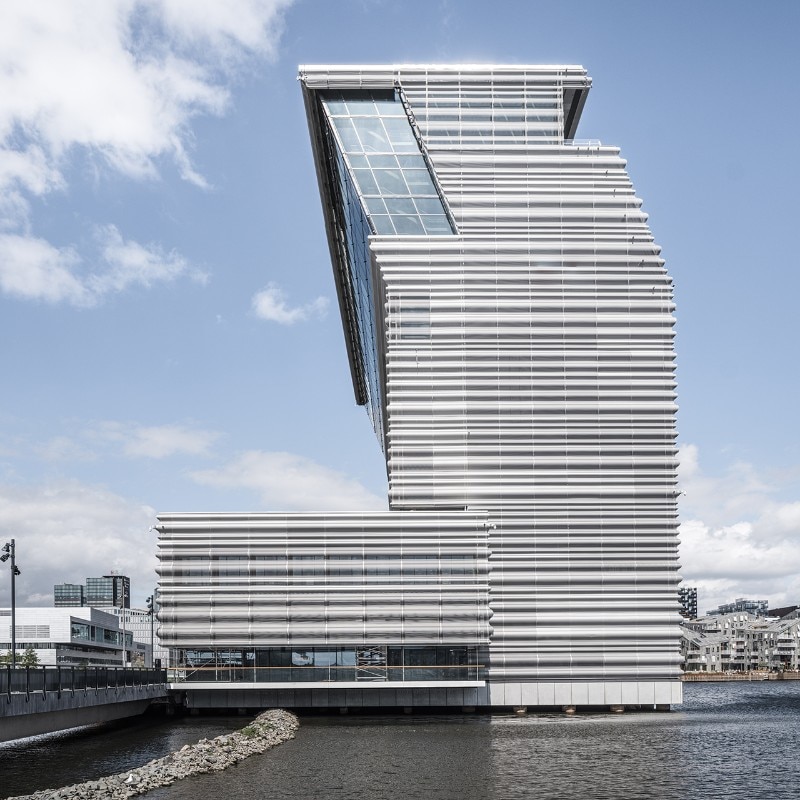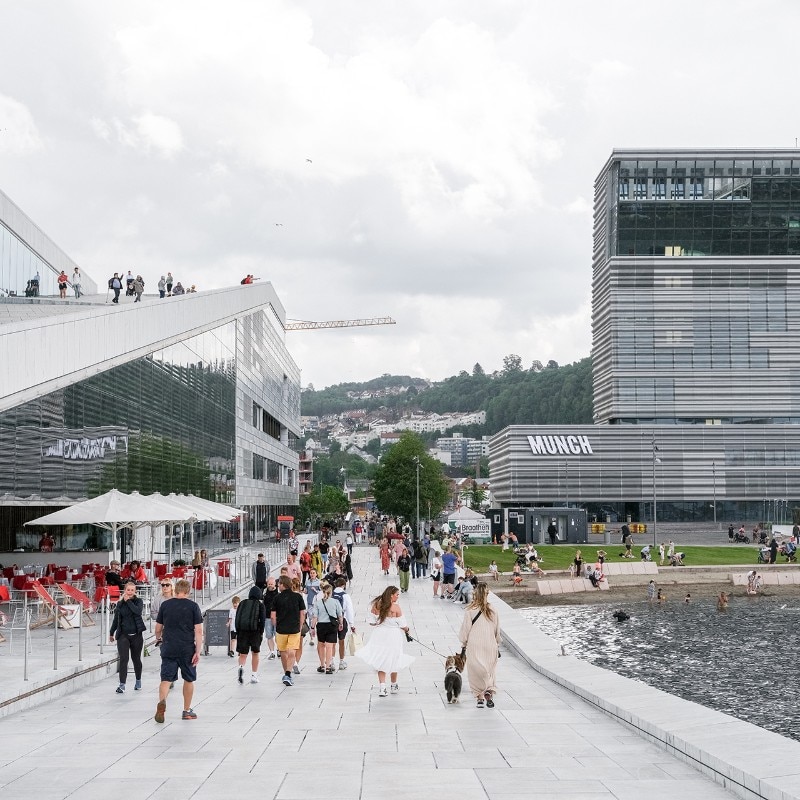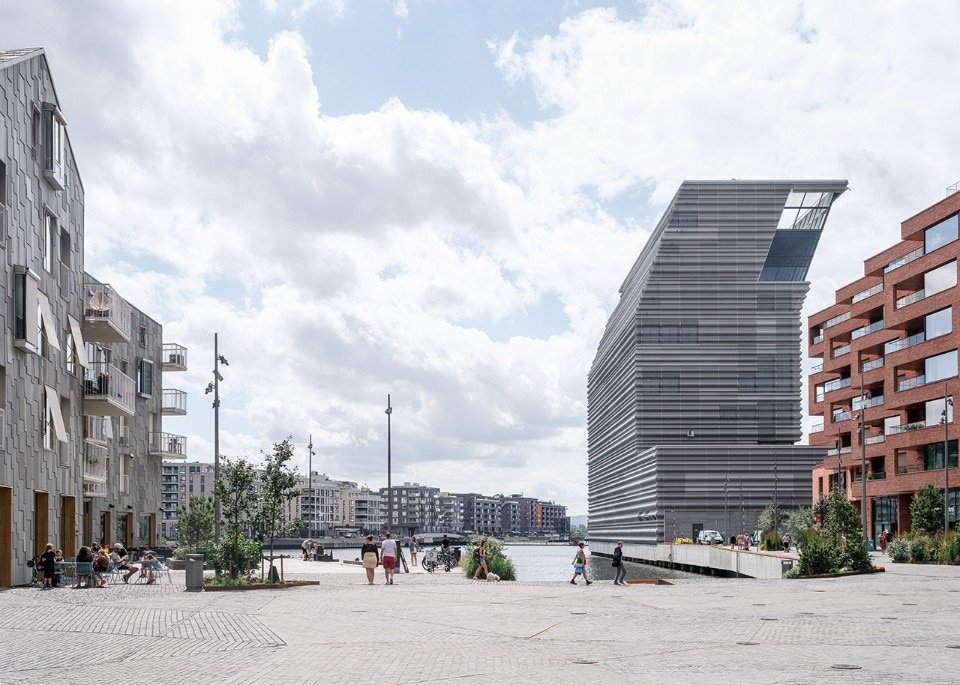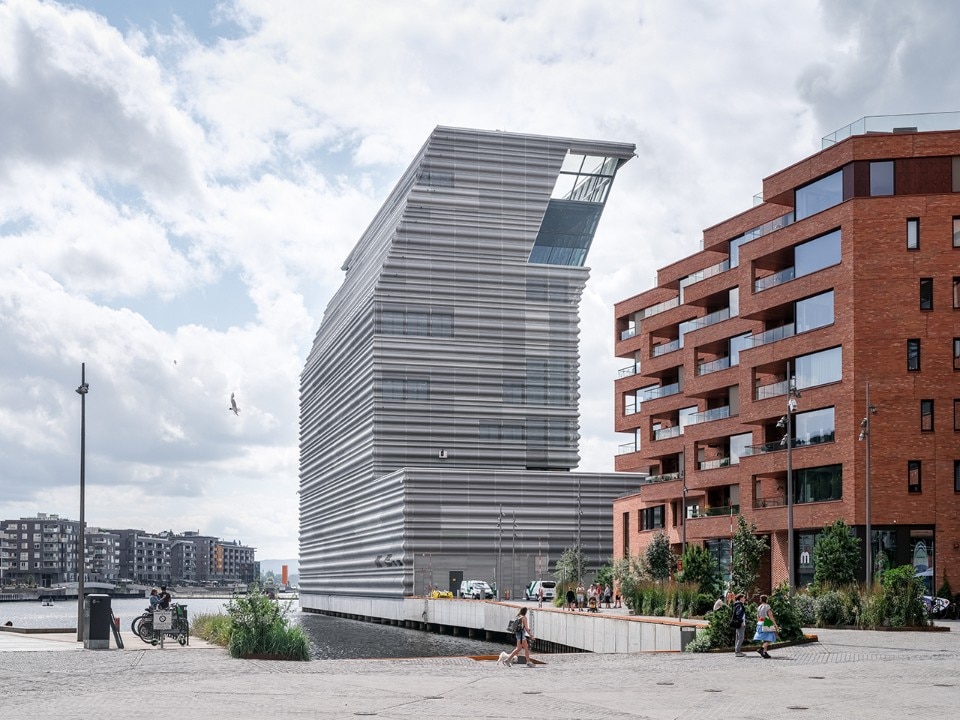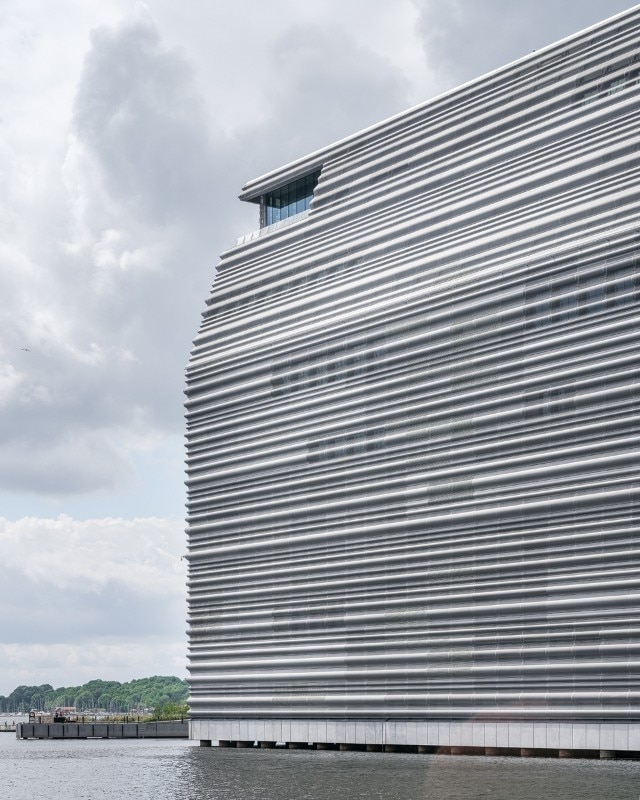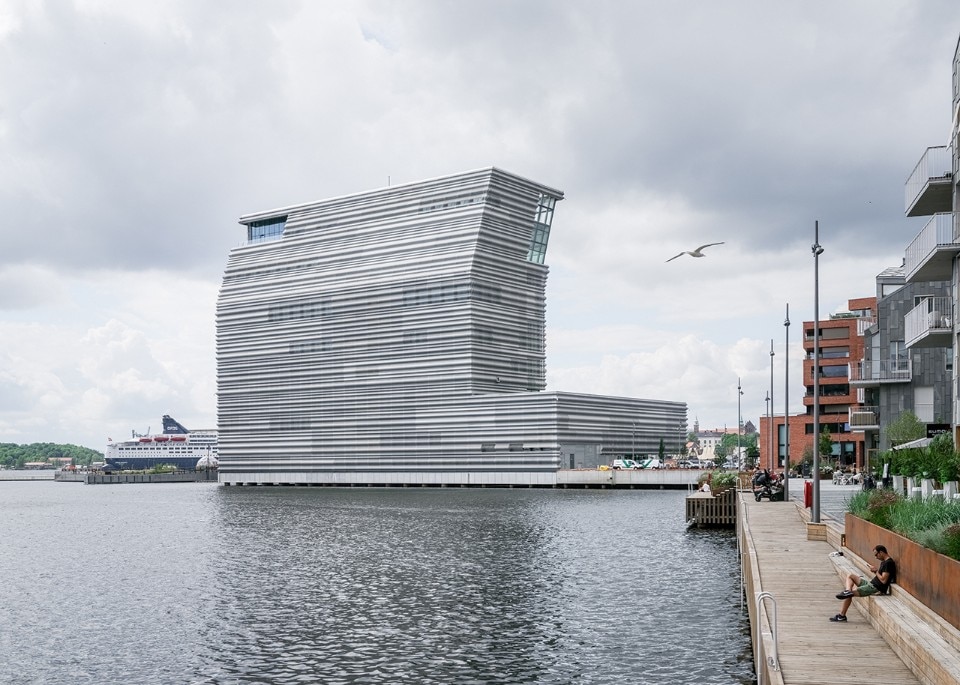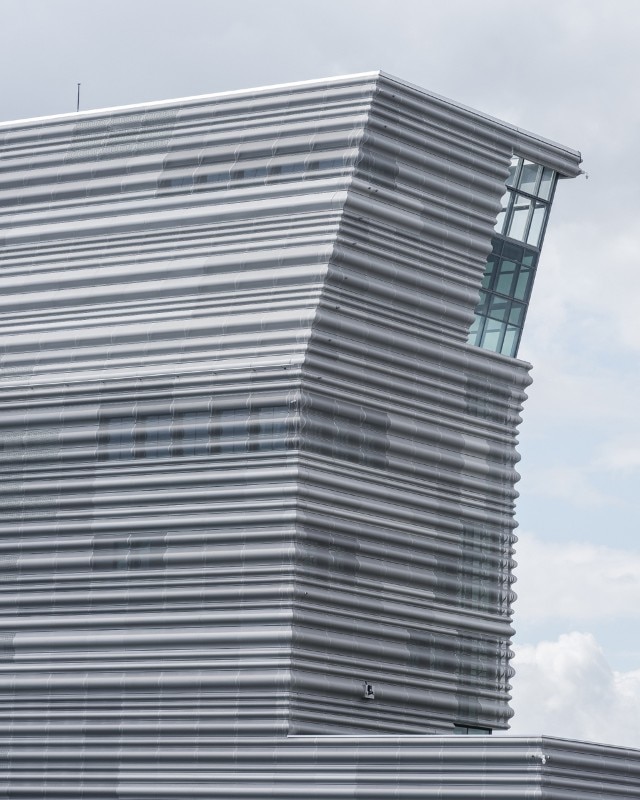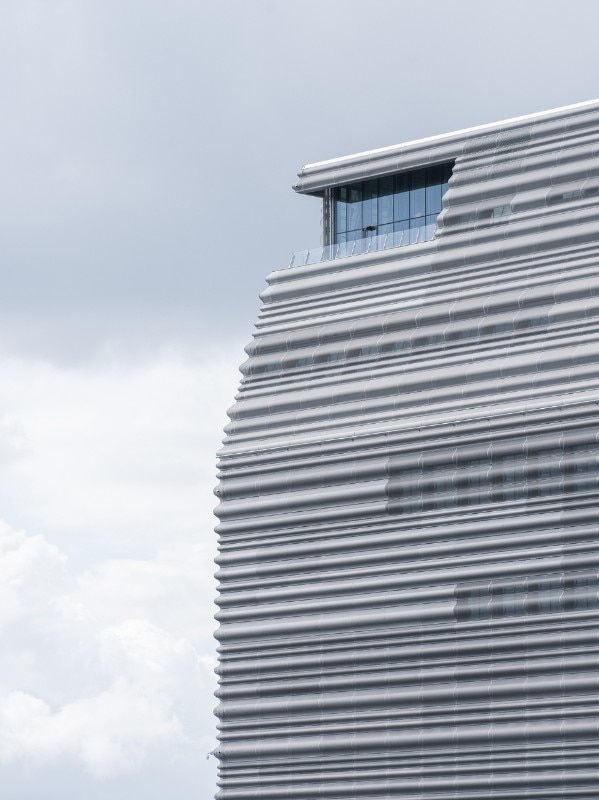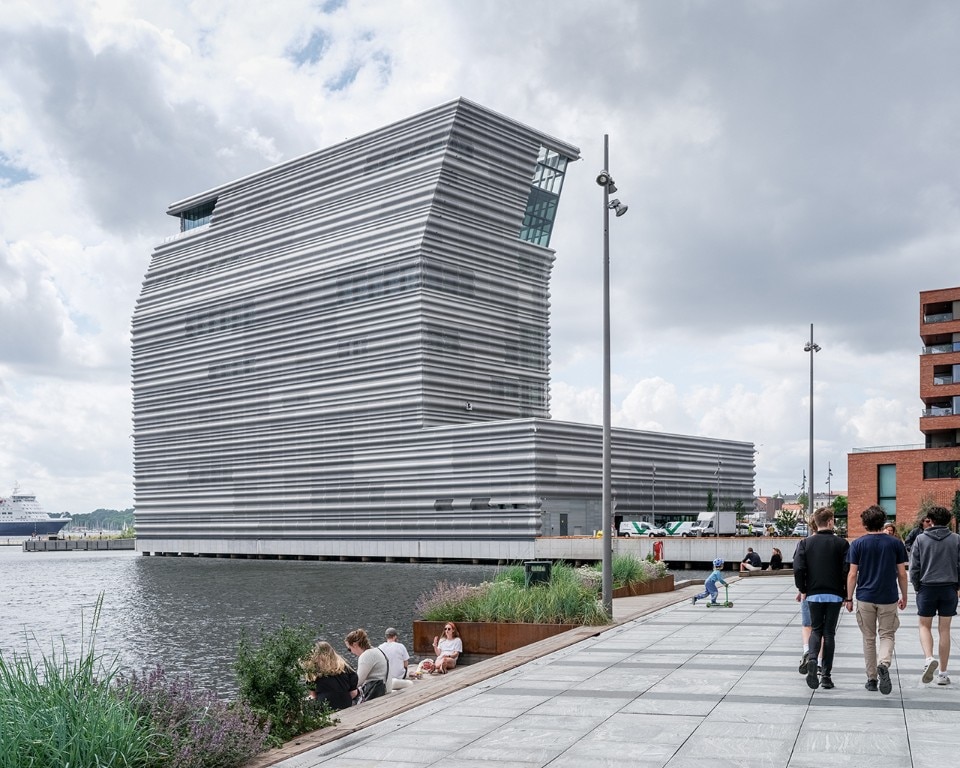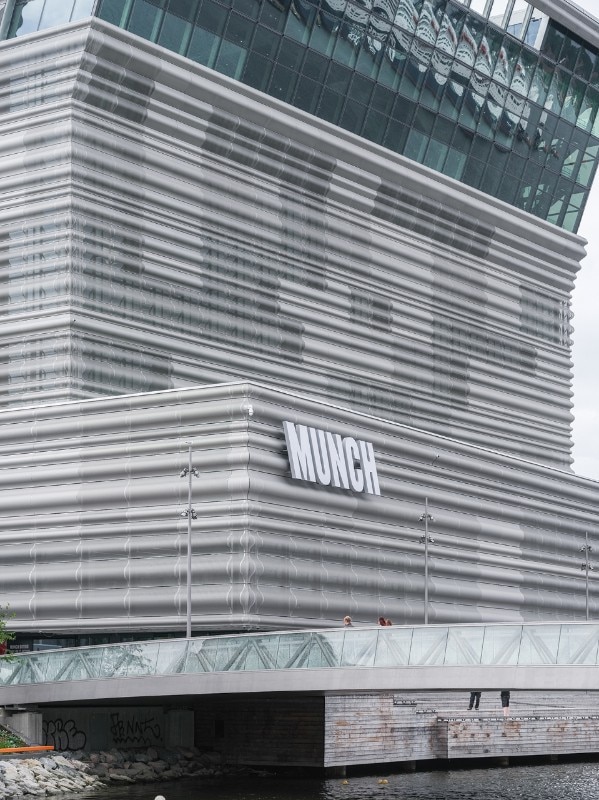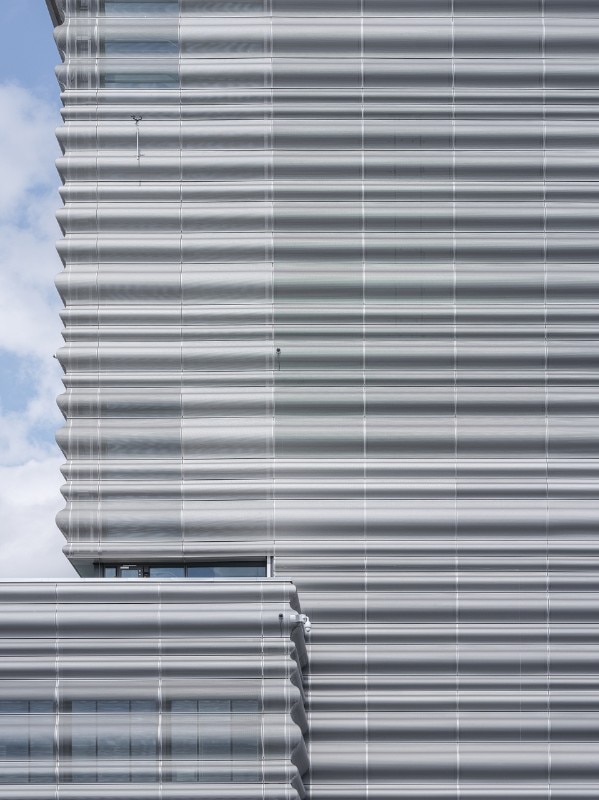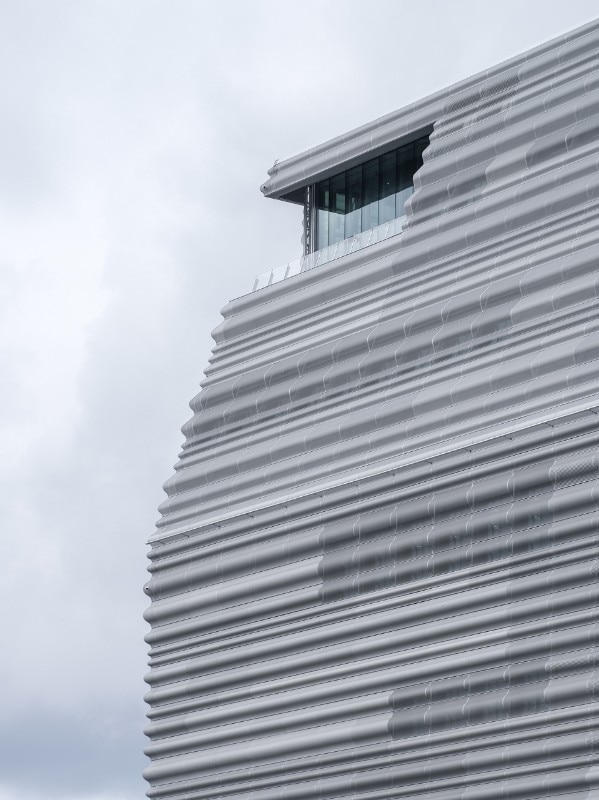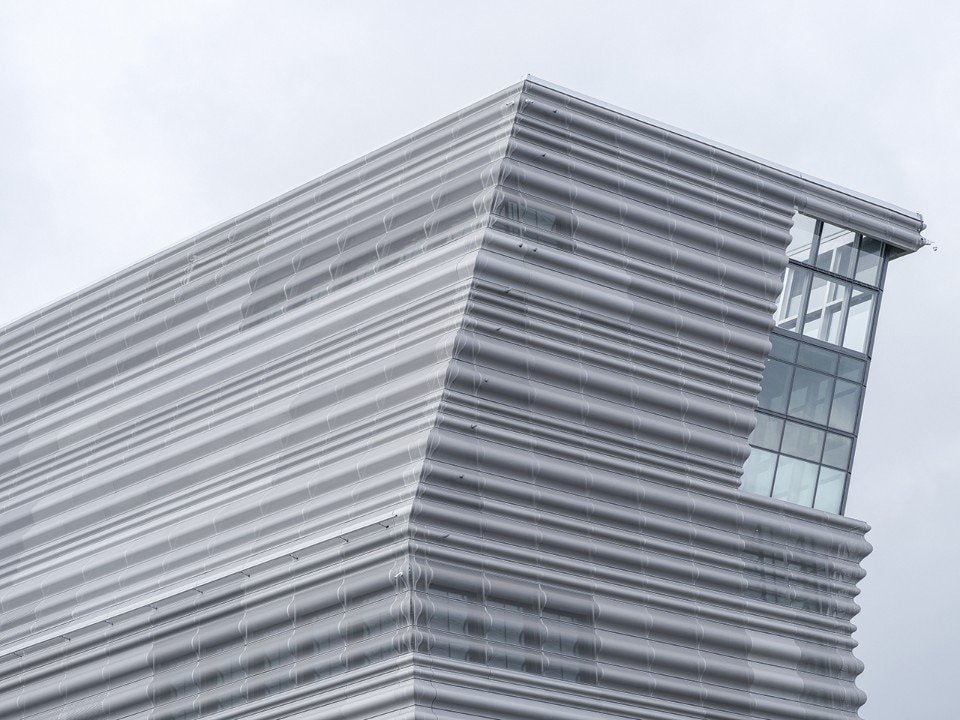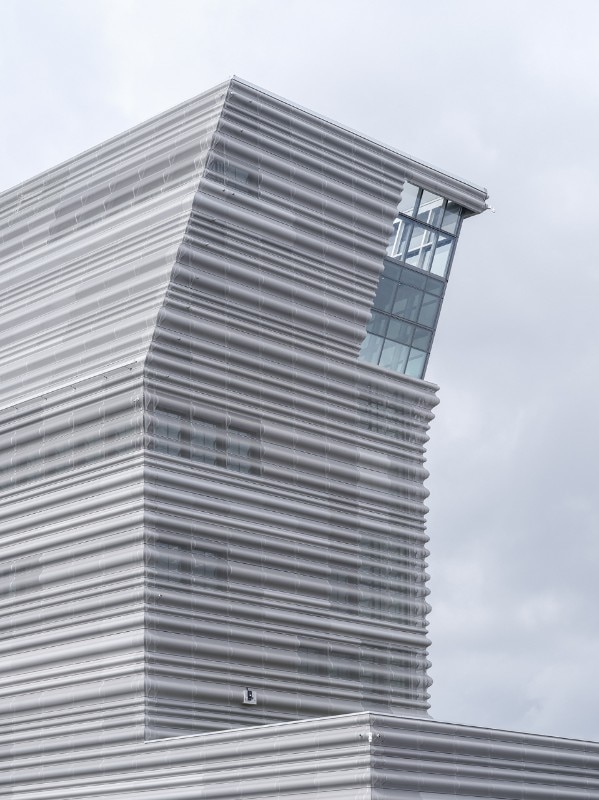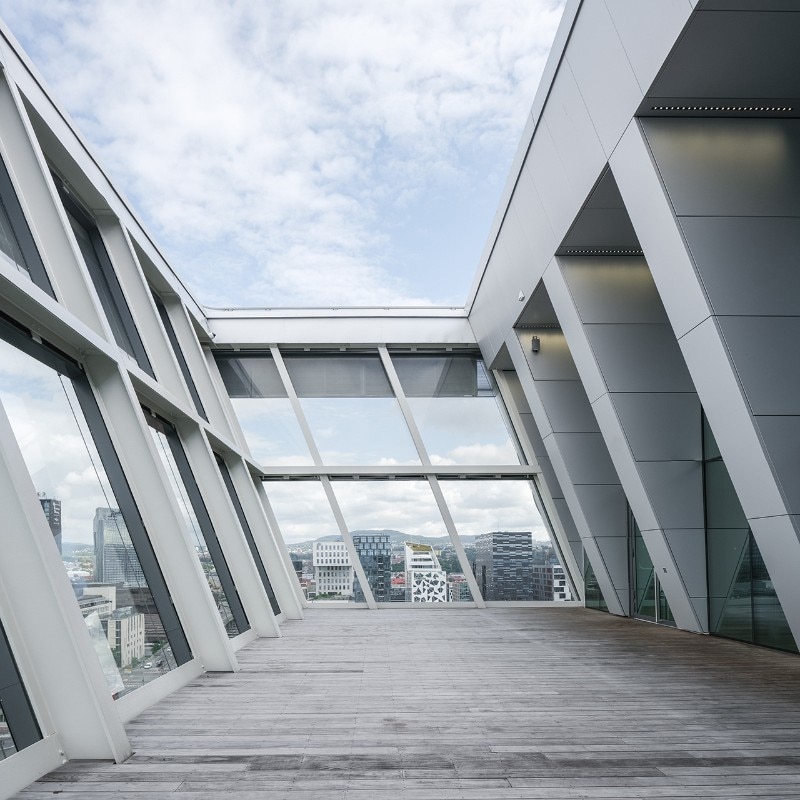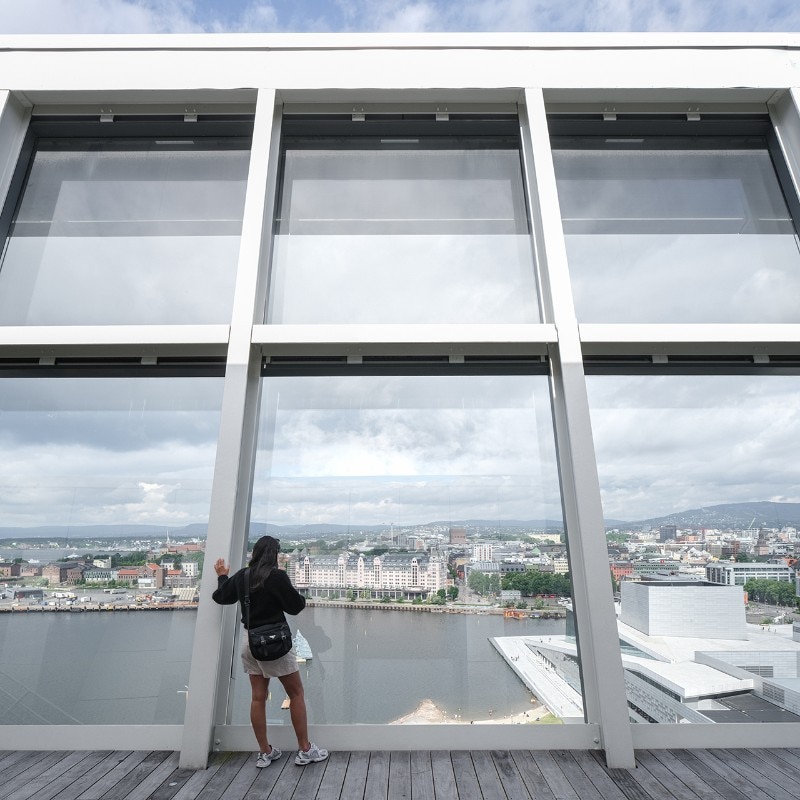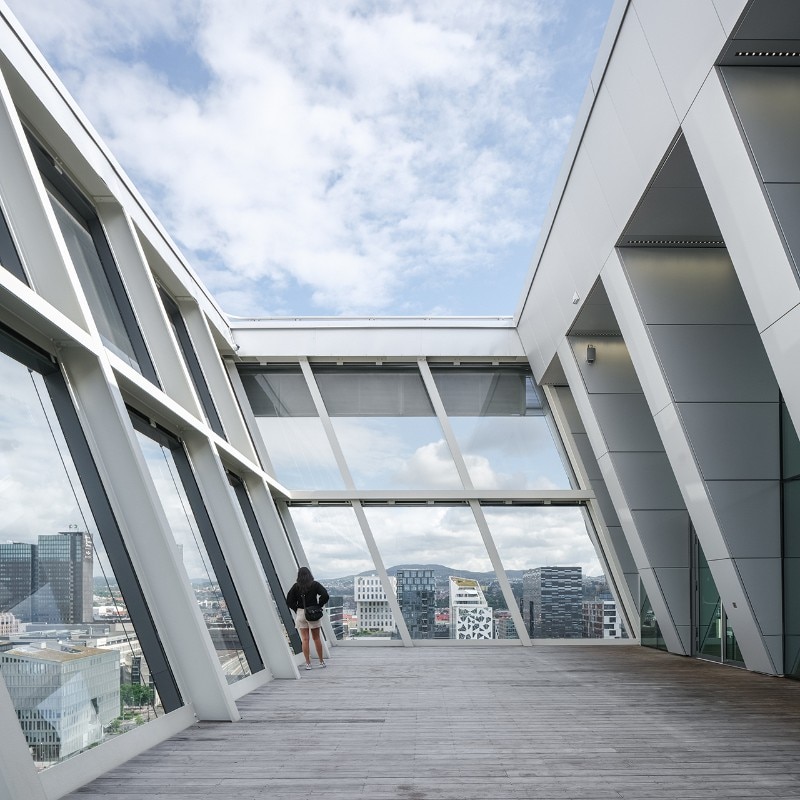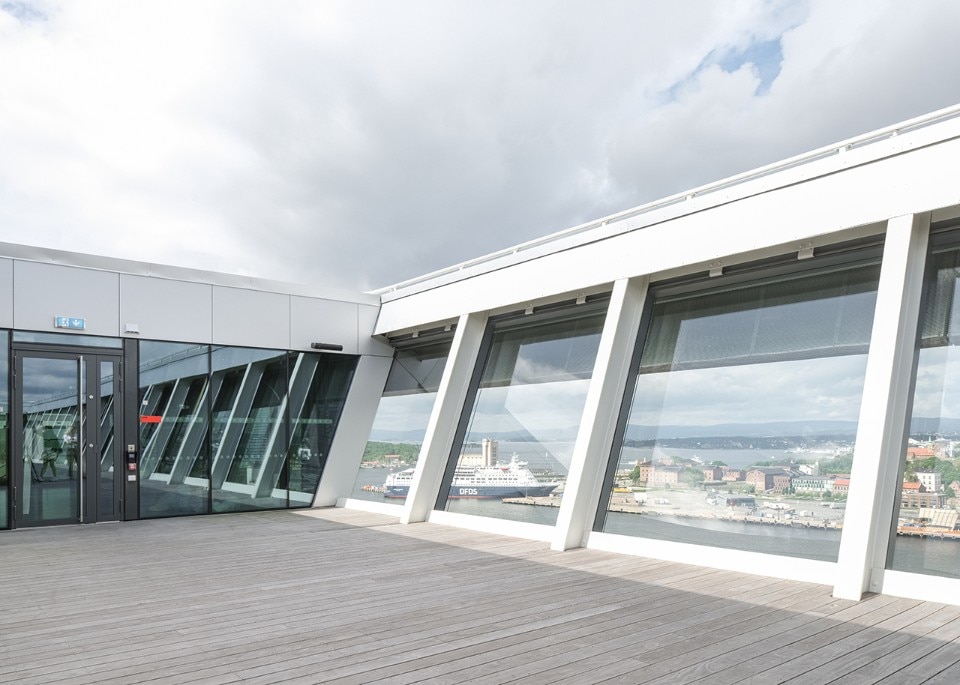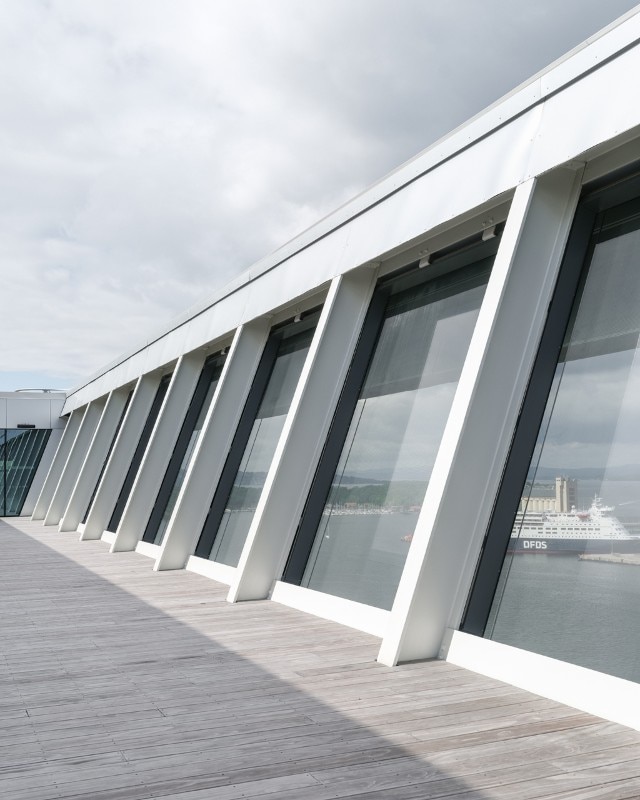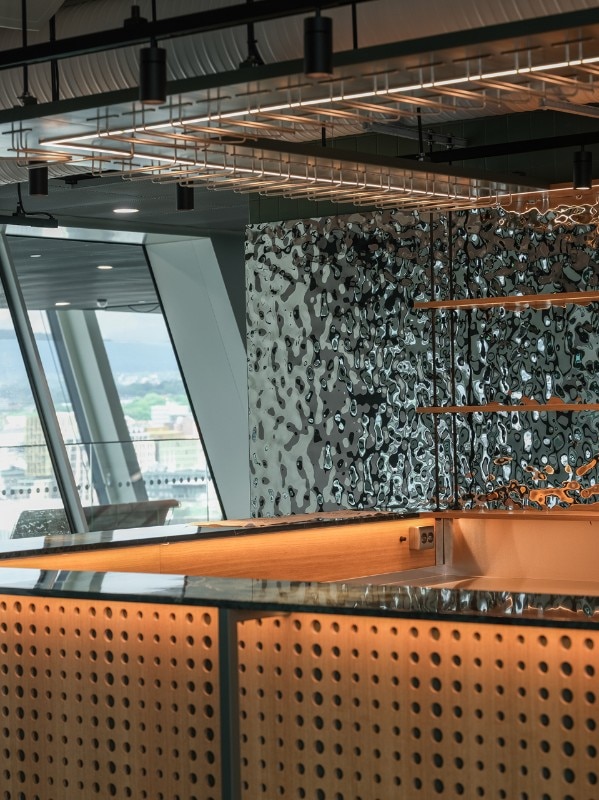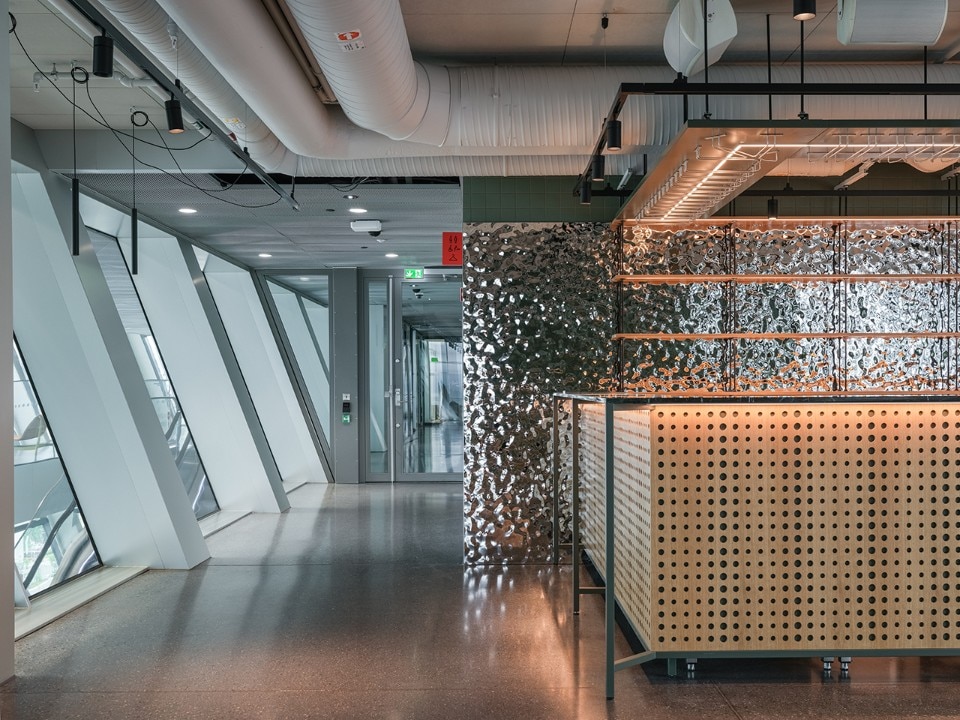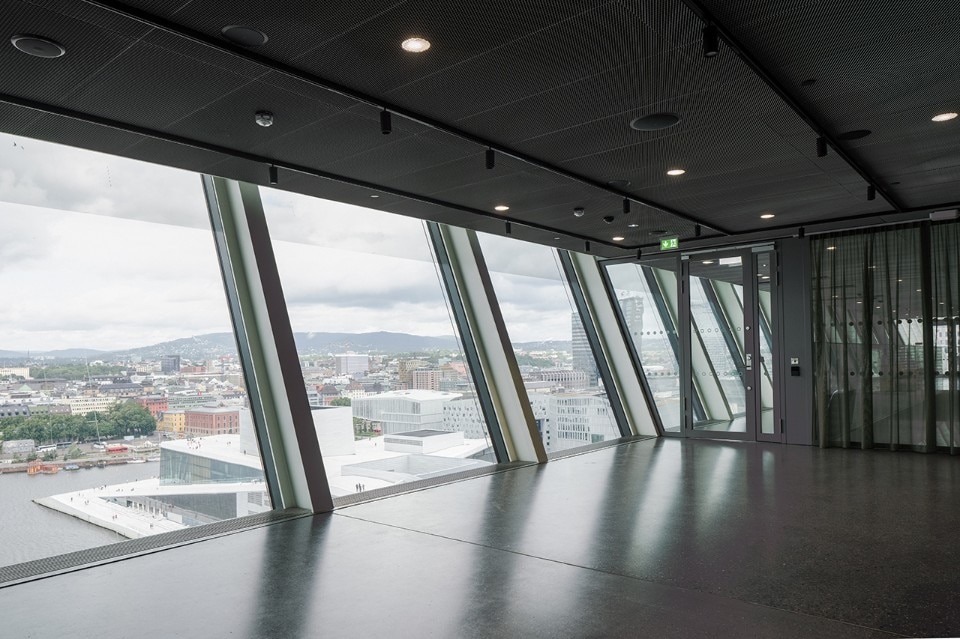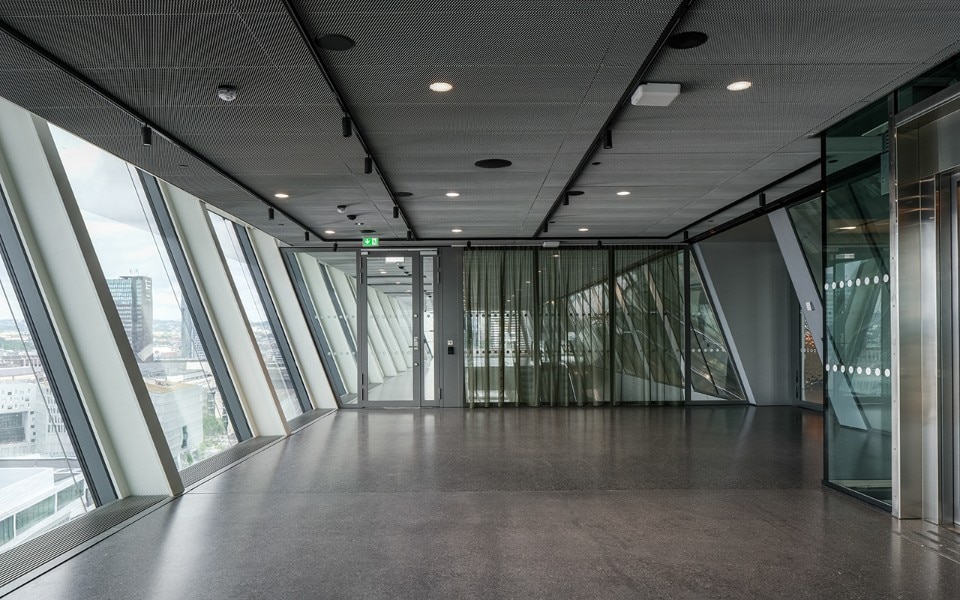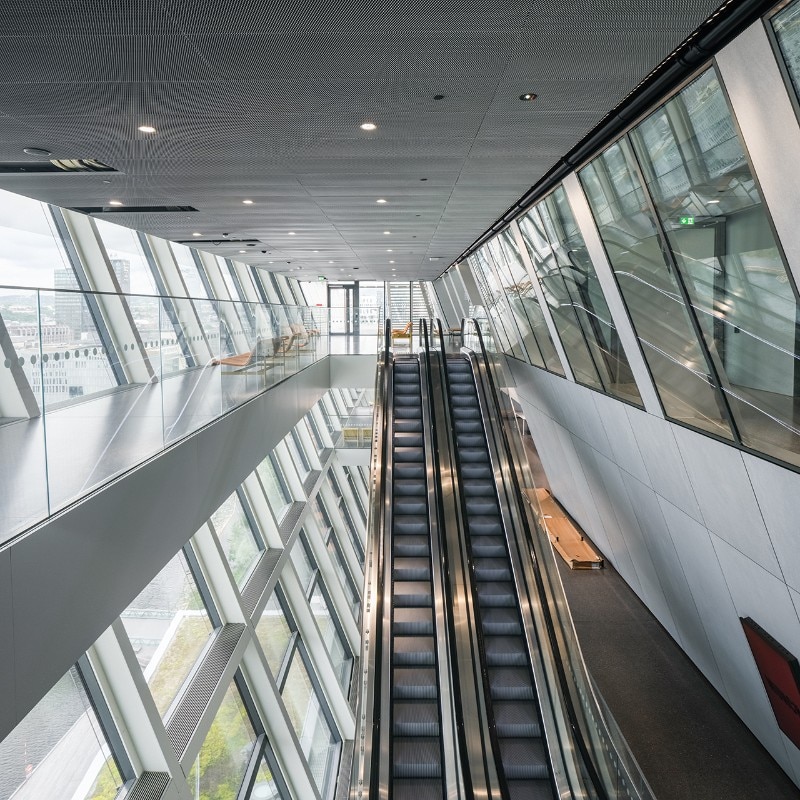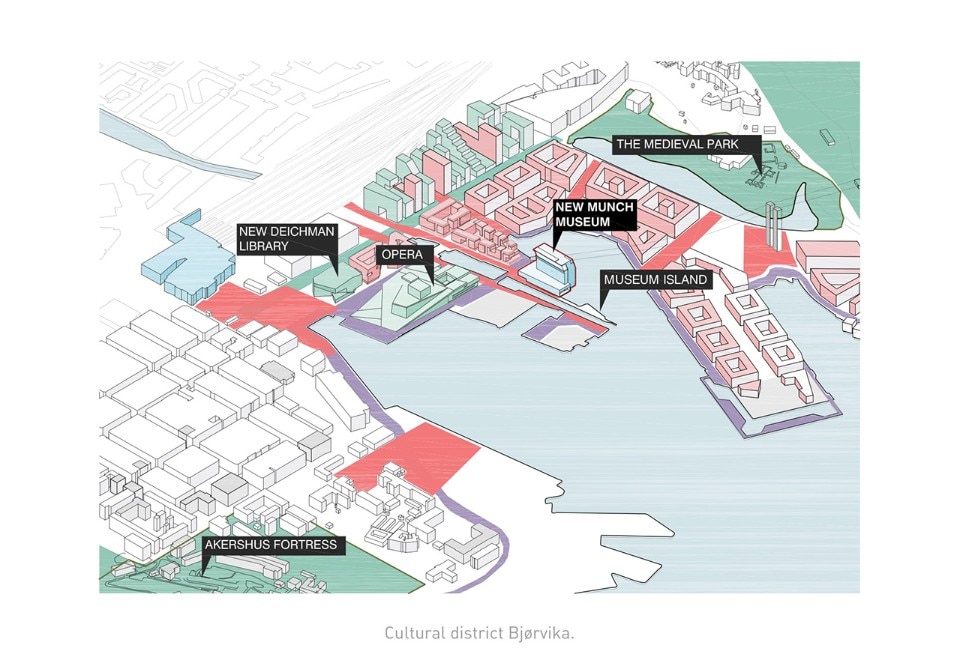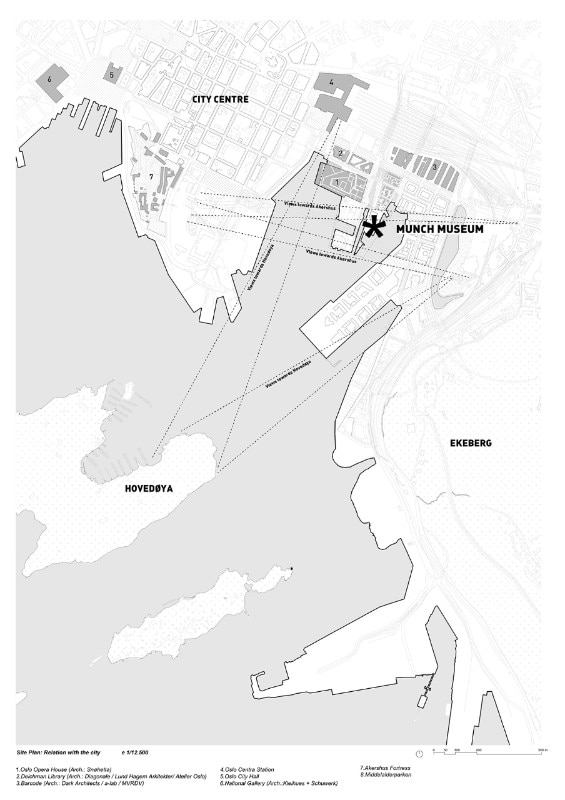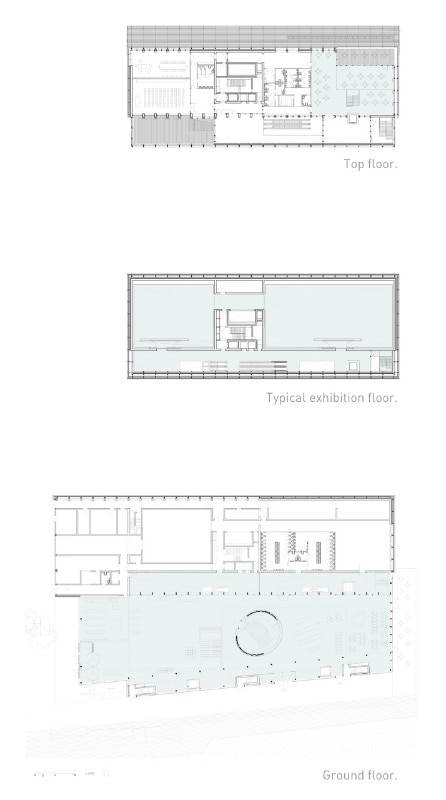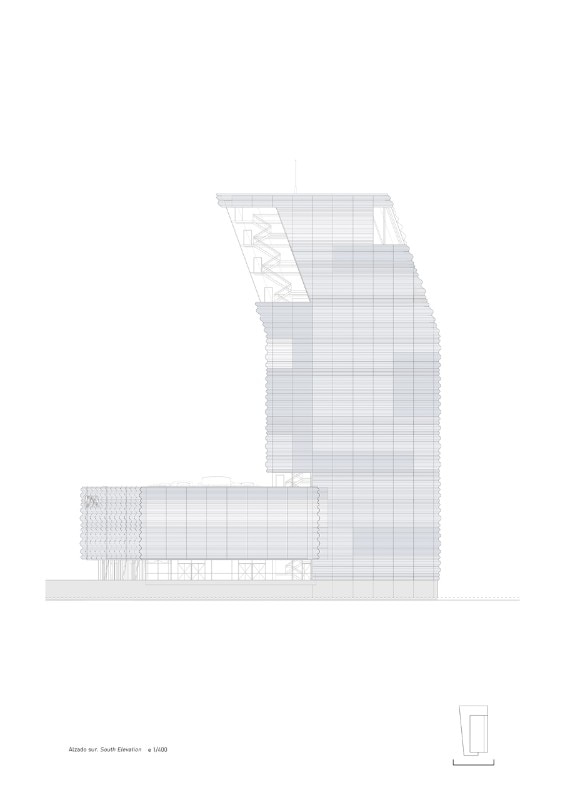This project appeared originally on Domus 1060, September 2021
The opening of Snøhetta’s Opera House, in 2008, marked a turning point for the Norwegian city, which gained a public space of endless potential, and for its international image, which suddenly turned from greyish and severe to cool and hedonist. Estudio Herreros’s Munch Museum, completed in 2021, is part of the same huge renewal operation of Oslo’s waterfront, that is its former harbor. This is the largest urban renovation project ever undertaken in the history of the Nordic country, launched in the 1980s and updated until today.
Other publicly-accessible buildings – in the first place LundHagem and Atelier Oslo’s Deichman Public Library – have recently been realized in Bjørvika, the port’s sector where the Opera House and the Munch Museum also stand. The latter, though, are certainly the most attractive hotspots, also for tourists. Moreover, they offer reasons for a comparative analysis, as they show a similar aspiration to establish a dialogue between the institution and its surroundings.
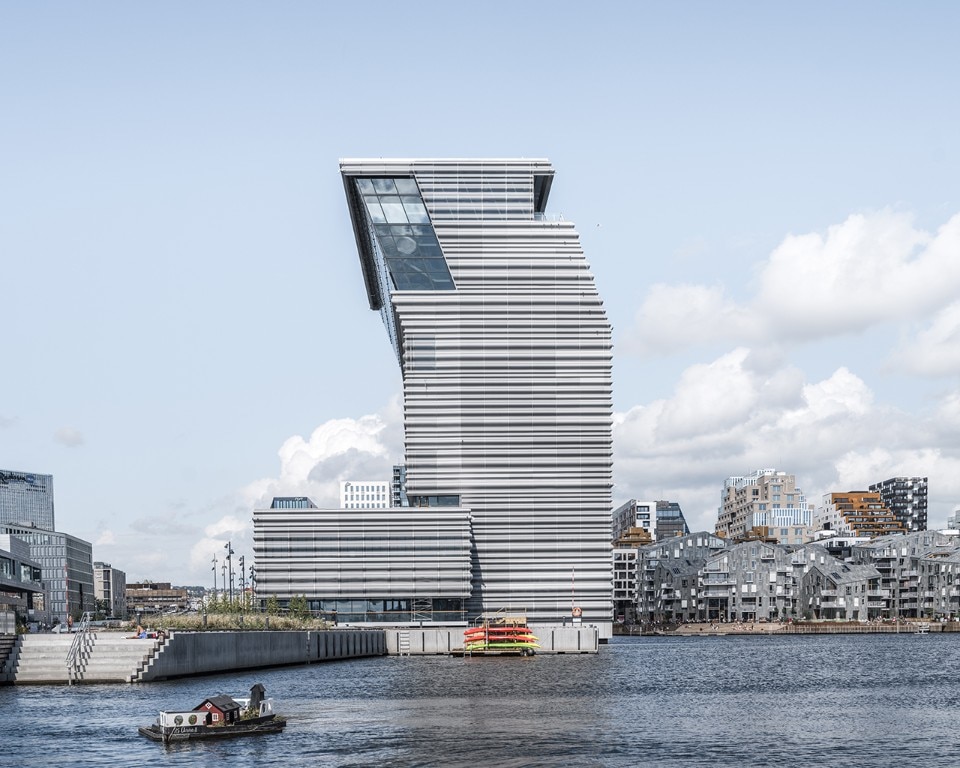
They provide different and complementary solutions to this need, in terms of architectural language and spaces. The opera is extroverted, transparent, filled with and glowing of natural light; the museum is hermetic, its façades almost entirely clad in perforated aluminum. The former pays a tribute to land architecture, blurring its shapes with the public spaces above them; the latter is a totem, a compact and svelte mass, with the only whim of its tilted top.
Their juxtaposition around the same bay, in the hearth of the capital – which is progressively shifting here from its center’s 19th century neighborhoods – is interesting as it proposes two alternative ways of inhabiting and moving within the public space. There’s no distinction between inside and outside along the opera’s sloping solarium-square; on the contrary, the museum is crossed by an introverted, ascending flow that resurfaces and finally lingers only on the rooftop terrace. The Opera House is a platform immersed in the city – practically, in terms of uses and urban life – and even in its fiord’s waters. The Munch Museum is a panoramic belvedere, the occasion to acquire a new, distanced point of view to observe the results of thirty years of transformations.
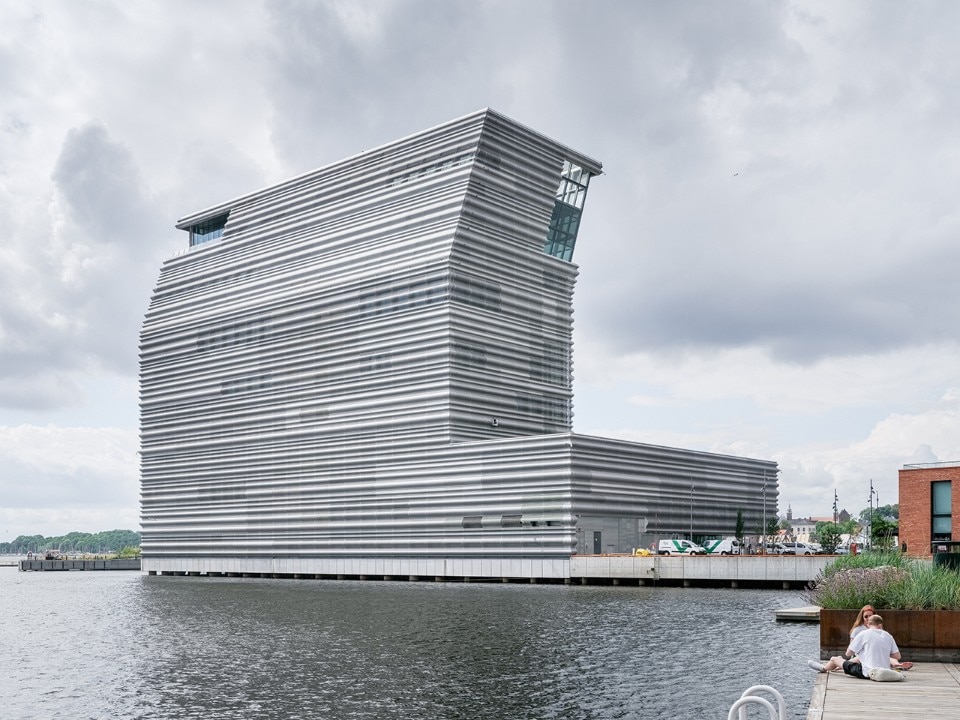
- Project:
- Munch Museum
- Program:
- museum
- Location:
- Oslo, Norway
- Architects:
- Estudio Herreros – Juan Herreros, Jens Richter
- Project director:
- Gonzalo Rivas
- Design team:
- Beatriz Salinas, Carlos Canella, Andrea Molina, Paola Simone, Carlos Ramos, Iván Guerrero, Ana Torrecilla, Alberto Sánchez, María Franco, Raúl García, Frank Müller, Víctor Lacima, Carmen Antón, Ramón Bermúdez, Margarita Martínez, Luis Berríos-Negrón, Spencer Leaf, Verónica Meléndez, Xavier Robledo, Ricardo Robustini, Paula Vega
- Local architect:
- LPO Arkitekter
- Area:
- 26,300 sqm
- Completion:
- 2021


